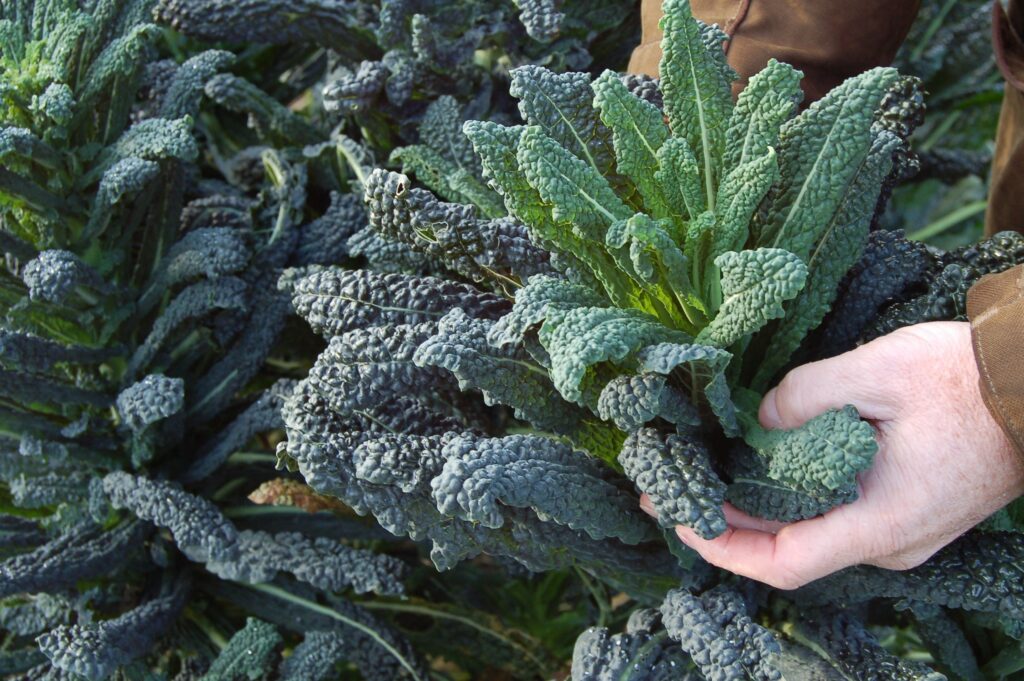February rain – there are still jobs we can do!
One of my favourite late winter, early spring flowers is Helleborus orientalis and its many cultivars. The colour range goes from white through shades of pink to claret and many of the flowers have interesting speckles on the petals. They are easy to grow, very tough and guaranteed to flower every year to make you think spring is just around the corner!
In order to fully appreciate the flowers on hellebore, trim back the old foliage around. This makes the plant look much neater and it also helps to reduce the spread of leaf spot, which can be a problem in some gardens.
Keep harvesting the last of the winter vegetables such as leeks, parsnips, winter cabbage and Tuscan kale, all of which are tasty, nutritious vegetables. Once you have finished harvesting, clear the plot and fork the soil over.
If the borders are still wet in your garden, try to avoid walking on them too much. If you can, use a garden fork to lightly tickle over the surface few inches which helps with surface drainage and gets some much needed air into the soil to help dry it out.
In the greenhouse you can start some early seed sowing. Onions, tomatoes and broad beans can be sown now. For the onions and toms, you will need some heat and a small electric propagator is ideal for this.
Now is also a good time to start chitting early potatoes. This is when the small tubers are stood in trays and kept in a light, frost free place to encourage the dormant eyes into growth. After several weeks they will have developed into small green shoots, giving the potatoes a head start when you plant in the garden at the end of March or early April. Varieties of early potato to look out for include, ‘Rocket’, ‘Swift’, ‘Homeguard’ and ‘Red Duke of York’.
The grass is starting to grow now (in fact I don’t think it stopped growing over winter) and very soon the lawn mower will make its first appearance of the season. Before you mow, check the mower is working propery, or better still get it serviced.

